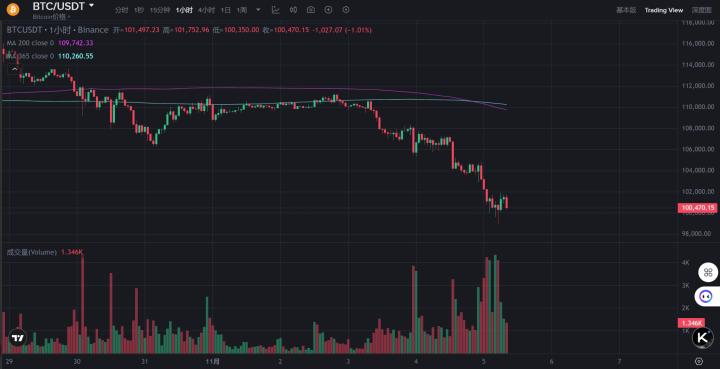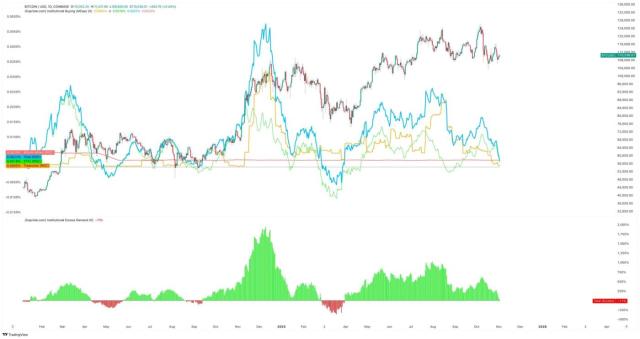Sam Bankman-Fried (SBF) is seeking to overturn his conviction and 25-year prison sentence when the appeal process begins today.
The FTX founder's lawyers will argue that he was presumed guilty before he was charged.
SBF takes its case to court
As oral arguments for SBF’s appeal begin in Manhattan this week, the 33-year-old founder of collapsed exchange FTX is seizing the moment to distance himself from words like “scam” and “betrayal.”
Since a jury convicted SBF on seven counts of fraud and conspiracy two years ago, he and his legal team have been working to build an appeal to overturn his 25-year prison sentence.
During oral arguments, SBF attorney Alexandra Shapiro will argue that her client was XEM guilty from the start, leading to a biased trial and eventual conviction.
“In the United States, people accused of crimes are presumed innocent until proven guilty beyond a reasonable doubt,” Shapiro wrote in a September 2024 submission to the U.S. Court of Appeals for the Second Circuit, XEM by BeInCrypto. “That’s how it should work,” she continued. “But none of that is happening here. The principle of due process is being thrown out in the rush to ‘judge first, judge later’ following the FTX collapse.”
She argued that bias, procedural errors and the court's refusal to allow the defense to present key evidence tainted the trial.
Inside the government's lawsuit against SBF
SBF's conviction stems from the collapse of FTX and its sister company, Alameda Research, following the 2022 crypto market crash .
Prosecutors allege he defrauded clients while secretly using client funds to support Alameda and finance other projects. The trial was held in the Southern District of New York under U.S. District Judge Lewis A. Kaplan.
A jury convicted SBF in November 2023. The charges came after months of market turmoil, during which Bitcoin lost more than half its value, big names like Luna and Three Arrows Capital collapsed, and bankruptcies spread across the industry .
Alameda's crypto-linked holdings plummeted in value , forcing an emergency debt repayment and exposing serious liquidation issues that ultimately led to FTX's collapse.
The government argues that FTX was a scam from the start, claiming that SBF built it to funnel customer money to Alameda . Prosecutors say he used the money to make high-risk bets, invest in real estate, and make political contributions, while misleading investors about FTX's stability.
Former executives testified that he allowed fraudulent balance sheets and hid Alameda's massive debt.
However, according to SBF's defense team, there is another perspective on FTX's collapse.
SBF lawyer says evidence has been suppressed
In his submission, Shapiro argued that the jury never saw the full picture of FTX's collapse.
She asserted that SBF acted in good faith and believed that FTX and Alameda remained liquidation when the market panic occurred . The defense was prepared to prove that FTX's collapse stemmed from a liquidation crisis caused by increased customer withdrawals, not from insolvency.
“There are always enough assets to repay customers, although it would take days to weeks to sell enough assets to cover all remaining customer deposits if the run continued,” Shapiro argued.
She argued that the court blocked key evidence proving the companies’ liquidation while allowing prosecutors to present their version unchallenged. It also excluded most expert witnesses and limited testimony to the only person allowed to participate. As a result, SBF was forced to rely largely on its own story.
Shapiro added that the judge had undermined her client's credibility by mocking his demeanor during the testimony.
“The court ‘derided Bankman-Fried’s demeanor, making comments such as ‘the witness has what I would call an interesting way of answering questions,’” the report reads.
The 2nd U.S. Circuit Court is expected to take several months to issue a decision after oral arguments this week.
If the court sides with SBF, his case could be sent back for a new trial. Such a move would reopen one of the most prominent fraud cases in cryptocurrency history.







